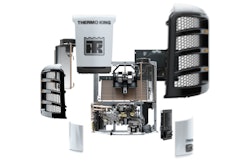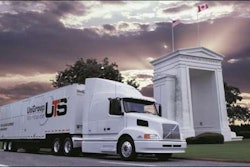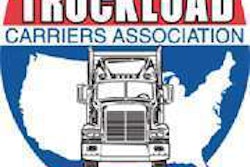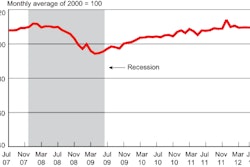
The Automotive Parts Remanufacturers Association recently filed extensive comments supporting retention of the Federal Trade Commission’s Guides for the Rebuilt, Reconditioned and Other Used Automobile Parts. The guides were adopted by the FTC prior to 1979 and since have been reviewed and updated periodically.
The guides establish minimum restoration requirements that must be met before a used part can be labeled “rebuilt” or “remanufactured.” They also prescribe labeling requirements for the rebuilt/remanufactured parts so that they will not be confused with new parts. APRA has been a longtime supporter of the guides and has promoted them among its members and the remanufacturing industry in general.
“The FTC Guides provide remanufacturers with an excellent description of the procedures necessary to process their cores into remanufactured parts and the proper methods to label, market and sell them,” says William Gager, APRA president. “Without the guides, those parts suppliers who merely clean or superficially repair used vehicle parts would be more likely to misrepresent the condition of their parts and to market them as comparable to remanufactured/rebuilt parts or even new parts.”
FTC has requested comments on whether the guides should be retained, their current effect on consumers and small businesses, and whether any changes to the guides are necessary. APRA, which has urged FTC to retain the guides, says it believes that compliance is not difficult and normally not costly either to the parts supplier or the consumer. The benefits for the consumer as well as the service technician from the full disclosure required by the guides far outweigh any small cost, APRA says.
APRA also suggested that the guides be modified to make it clear that they applied to imported parts as well as domestic parts; have them apply to all farm, construction and industrial vehicles; make the requirements for clear and conspicuous disclosure more precise; add language requiring a parts supplier to distinguish those parts that are repaired and reconditioned (but not rebuilt or remanufactured) from those which are being sold in used “as-is” condition; and require that the original trademark be left on the rebuilt/remanufactured part.











